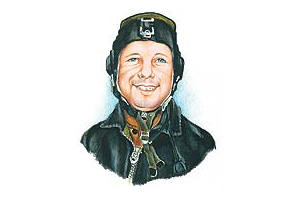Respiration
– An involuntary, automatic process that is fundamental to life. It has a mechanical process that is performed one step after another thanks to the actions of the diaphragm and the intercostal muscles.
– Inhalation: the lungs are filled with air.
– Exhalation: the lungs release air from the body.
– What happens during inhalation?
– What happens during exhalation?
Respiratory mechanical process
– Respiration is performed through the respiratory pathways and the lungs. However, it also requires the action of a group of attached structures: the diaphragm, the intercostal muscles, the muscles of the thorax and the abdominal muscles. Inhalation and exhalation are part of the mechanical process of respiration.
– Which organs and muscles participate in the mechanical process of respiration?
– What stages are part of the mechanical process of respiration?
Respiration and physical activity
– Our body is constantly being oxygenized and the structures and organs that participate in the respiratory process organize themselves to respond to the demands brought on by physical activity. During exercise, pulmonary ventilation, heart rate and blood flow adapt themselves to the environmental conditions and the demands made by the body.
– Why do the structures involved in respiration organize themselves during exercise?
– What happens when we do physical activity?




 Yuri Gagarin se transforma en el primer hombre que llega al espacio
Yuri Gagarin se transforma en el primer hombre que llega al espacio